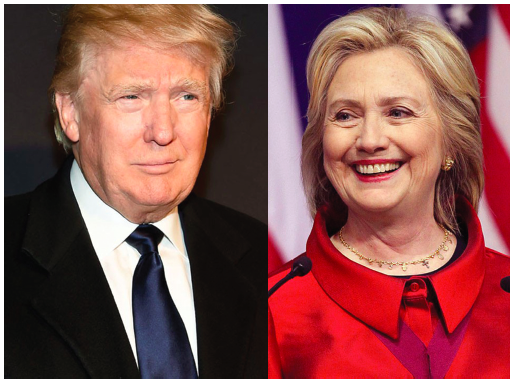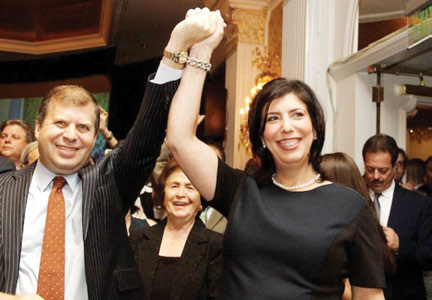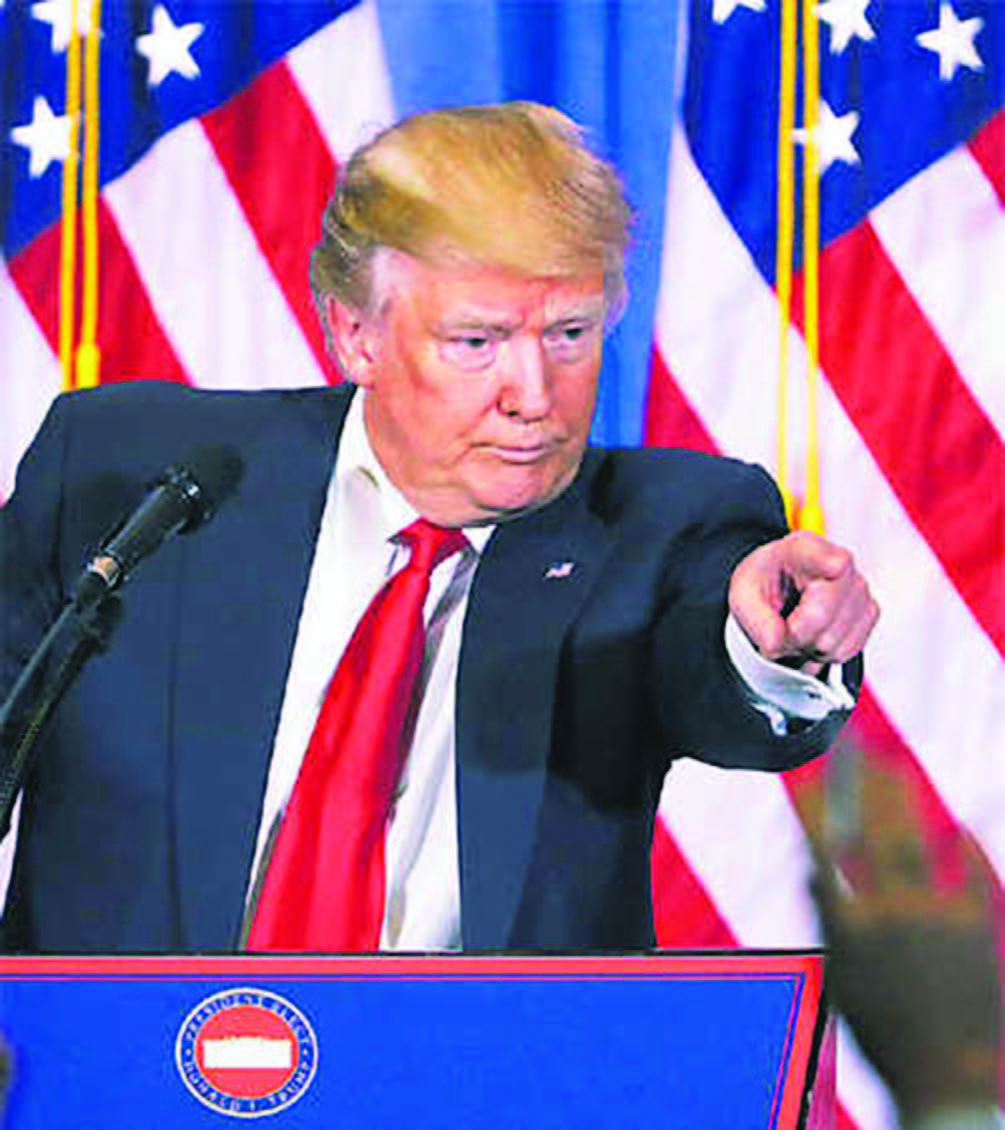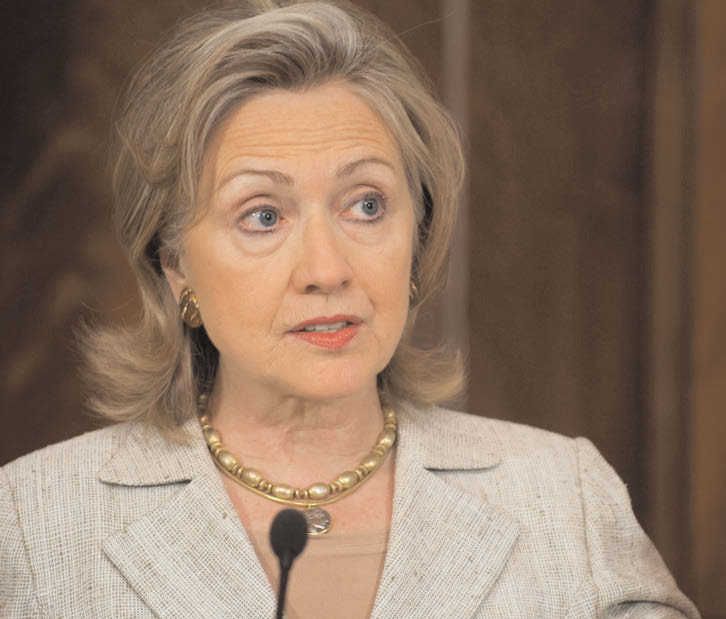

Democratic nominee Hillary Clinton could become the first ever woman President of the United States in January next year. Unlike her Republican rival Donald Trump, Clinton is a veteran politician who has served both as a US Senator and as US President Barack Obama‘s Secretary of State. She knows how things work at the White House, having been First Lady during her husband Bill’s two terms as US President.
Will Hillary Clinton be a good or bad President for India? Here’s a five-point overview of the different ways in which her Presidency could impact India, based on comments she’s made during her campaign, or on promises she’s made in the manifesto on campaign’s website.
FASTER FAMILY VISA PROCESSING
In January, Clinton promised to take steps to reduce the family visa backlog, saying that two-fifths of all applicants were from the Asia-Pacific region (which includes India), PTI reported.Many families have had to endure years of separation as a consequence of this backlog, and Clinton said that she would “expand fee waivers” and “increase access to language programmes” in order to help prospective US citizens.
GREEN CARDS ‘STAPLED’ TO HIGHER STEM DEGREES
Hillary Clinton says in her manifesto that she’ll “staple” green cards to graduate and doctorate degrees earned by international students in four academic categories – Science, Technology, Engineering and Mathematics (STEM). If she keeps her promise, Indian students in US colleges who earn Master’s degrees and PhDs in academic disciplines such as aerospace engineering or applied mathematics will automatically obtain permanent resident status. This can, of course, be viewed in two ways – as giving Indian scholars better opportunities to contribute to their fields, or as catalyzing ‘brain drain.’
‘START-UP VISAS’
Under a Clinton Administration, foreign entrepreneurs may be able to apply for ‘start-up visas’ and launch companies in “technology-oriented globally traded sectors” in the US, her manifesto says. The entrepreneurs would need their US investors to pledge their financial support to get the visa, and meet employment and performance targets to be eligible for permanent residency. Clinton’s focus, of course, is on creating more jobs for Americans, but that doesn’t change the fact that this a tantalizing prospect for Indian entrepreneurs.
According to research by the National Foundation for American Policy, immigrants have founded more than half (44 of 87) of America’s startup companies valued at $1 billion or more.
MAKE IN AMERICA, NOT INDIA
Like Donald Trump, Clinton has also made the US manufacturing sector one of the focal issues of her campaign. She says in her manifesto that she’ll discourage companies from outsourcing jobs and capital, and reward them for returning jobs to the US. Two of the policy changes she proposes are removing tax breaks for US companies that send jobs abroad, and imposing “an ‘exit tax’ on companies that leave America to lower their tax burden.” So Clinton, like her Republican rival, could make it more difficult for American companies to accept Prime Minister Modi’s invitation to ‘Make In India.’
DOES CLINTON SUPPORT H1B?
Clinton’s priority is Comprehensive Immigration Reform (CIR) – an overhaul of the entire US Immigration system, one of whose goals is to provide undocumented immigrants to the US a path to legal status and citizenship. In an interview with Vox.com in July, Clinton said she didn’t want to “mix” CIR with “with other kinds of changes in visas and other concerns that particularly high-value technical companies have.” She added that “keeping pressure on them helps us resolve the bigger problem,” and other options could be explored later.
Donald Trump
While these comments must have sounded like bad news for US companies using H1B visas to bring in highly-skilled workers, Clinton said later in the month that what she wanted was a “truly comprehensive” system for all kinds of immigrants, including highly-skilled workers.
Writing for the Economic Times, immigration lawyer and Brooklyn Law School professor Cyrus D Mehta says Clinton “will probably support the H1B programme.” He says she will accept compromises on H1B – such as “increasing the H-1B cap in exchange for imposing certain restrictions on IT companies” – if it will help her make CIR a reality.
It seemed highly unlikely a year ago, but Republican nominee Donald Trump could very well become the 45th President of the United States in January next year. From an Indian perspective, what exactly would that entail? Here’s a five-point overview of the impact a Trump Presidency could have on India.
H1B VISAS
Trump has said he’s in favour of retaining highly talented people in the US, as long as they are in the country legally, according to a PTI report.
But Trump’s official manifesto proposes that the “prevailing wage” paid to H1B workers be increased to put pressure on US firms to look within the US for talent. “This will improve the number of black, Hispanic and female workers in Silicon Valley who have been passed over in favor of the H-1B program,” it says. It also notes that the H1B doesn’t require American companies to first hire US workers before bringing in overseas talent. “Petitions for workers should be mailed to the unemployment office, not USCIS (United States Citizenship and Immigration Services),” it says.
Trump has also said the “H-1B program is neither high-skilled nor immigration”, and that he’s “totally committed to eliminating rampant, widespread H-1B abuse.”
PAKISTAN AND KASHMIR
Trump has called Pakistan “probably the most dangerous” nation in the world, and has suggested that the US can work with India to keep Pakistan in check. “You have to get India involved … They have their own nukes and have a very powerful army. They seem to be the real check … I think we have to deal very closely with India to deal with it (Pakistan),” Trump said last September. So a Trump-led US government could be open to a rapprochement with India on issues such as Pakistan-sponsored terror in Jammu and Kashmir.
CHINA‘S TRADE LOSS INDIA’S GAIN?
In his manifesto, Trump vows to work to rebalance the US-China trade deficit, and bring back millions of manufacturing jobs to the US. Writing for the Economic Times, former US diplomat William H Avery says Trump’s best strategy would be to “offset Asia’s (especially China’s) labour cost advantage in manufacturing with a combination of tariff and non-tariff barriers.” Doing so would affect India less than China, as it would be harder to place tariffs on IT services – India’s strength – than on China’s manufactured goods, Avery suggests. “China’s loss is India’s gain,” he concludes.
MAKE IN INDIA
On the flip side, Trump’s determination to revitalize the US manufacturing sector may not be good news for American businesses interested in Prime Minister Narendra Modi‘s Make In India initiative.
A WINDFALL FOR INDIAN INVESTORS?
In his manifesto, Trump pledges to “unleash American ingenuity” and make the US “the most attractive place to invest in the world” by lowering corporate tax rate to 15% (from almost 39% as of September 2016). Indian companies exploring the possibility of tapping into the US market may find this proposition enticing.





Be the first to comment